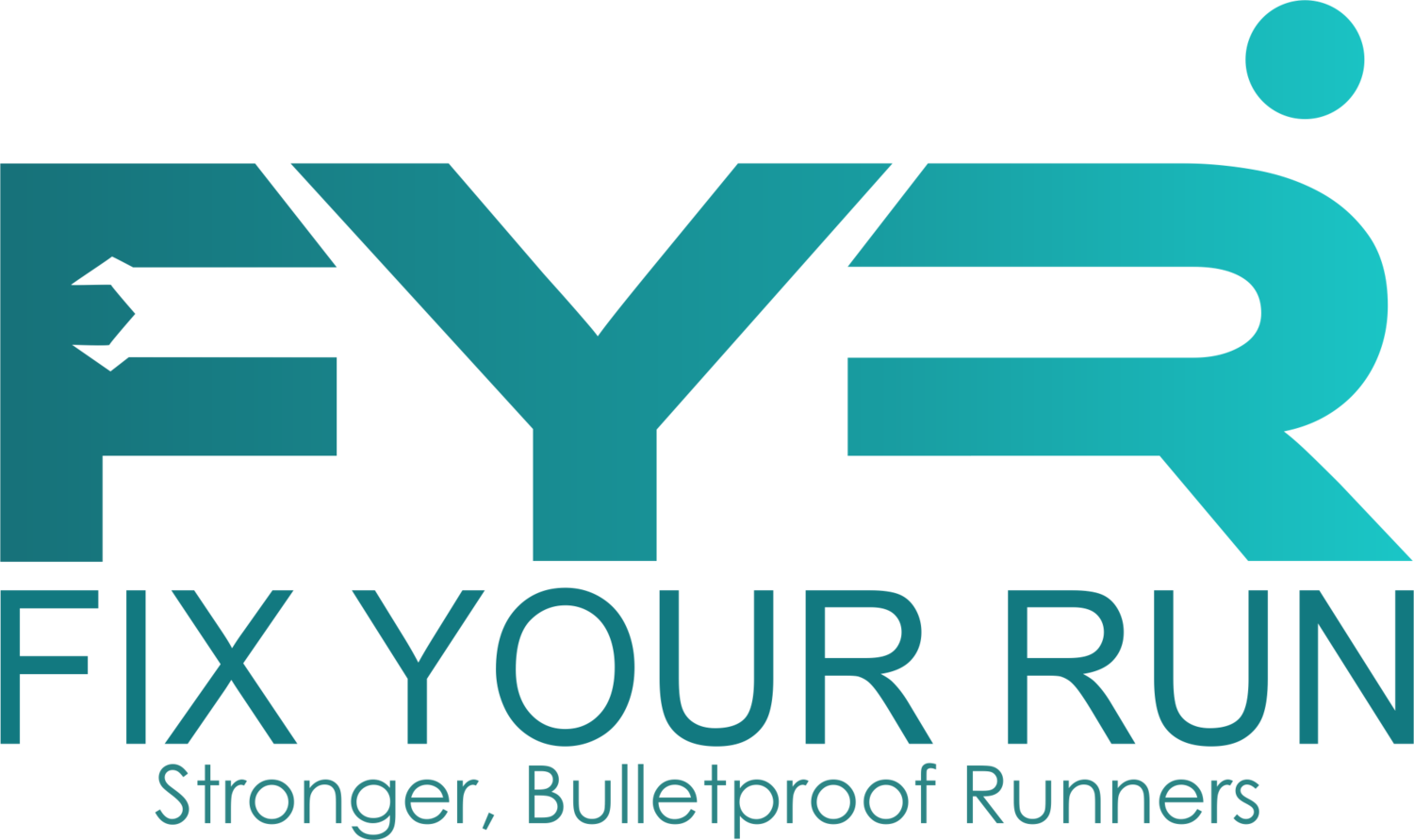Deformed Feet Aren't Sexy
A philosophy that seems to be entrenched in our society is "our feet are inherently problematic (they're too flat, they pronate too much, etc), and the goal of the foot doctor is to correct these problems with technology." Hmm...
Be An Athlete First and a Runner Second
We enjoy running because it's simple and easy to fit into our lives. Just throw on your shoes and you're good to go. There's a catch, though. In order to continue to run, you have to do things other than run and all too often we neglect the other stuff.
Remember Tangents?
As I cheered on many of my clients and friends at the Rock and Roll Philadelphia Half Marathon, I noticed something. In fact, it really puzzled me. With about 1/2 mile to go, most runners were (understandably) struggling to get to the finish line. The weird thing was, after running almost 13 miles all out, thousands runners were choosing to run farther than necessary!
Random Thoughts and Stuff
Congrats to my clients who rocked the Nation's Triathlon last Sunday. Also: recommended reading, achilles' trouble, and upcoming races!
How Well Do You Respond To Training?
A few minutes into lunch she revealed her real goal: qualifying for the Boston Marathon. And she didn't mean eventually. She wanted to qualify AT Marine Corps. This after telling me she'd just run Broad Street in 1:26, or close to the same pace she'd have to maintain for 26.2 miles. Would this be possible?
Stay Above The Line
You only get one chance at life and it’s there for the taking if you’re open to possibility.
Lift Like A Distance Runner
In endurance sports we tend to get carried away with improving our engine, our aerobic capacity. But isn't it also how much force you can direct into the ground? When you run, you are fighting gravity. That is where the majority of our energy goes. The better equipped you are to fight gravity, the better you will run.
I'm Officially Inspired
I was shocked by what I saw over the weekend. You gotta see this video!
It's All About The Process
Do you know the difference between outcome-based goals and process-based goals? Find out now!
Quick Post: Nike NFL Pro Training Camp
I recently came across a video put out by Nike which shows top coaches using the Functional Movement Screen to assess some NFL players readiness for training. If it's good enough for the pros, it should be good enough for you, right?
Running Is Farming
The process of exercising is much like farming or like planting a lawn. There are no immediate results from exercise and there are no immediate results from farming.
Case Study – Knee Pain and The Over-Strider
This week I want to simply acknowledge the success one of my clients. Back in early March a VERY frustrated guy came in for an assessment session. He'd always been a good athlete – a successful bodybuilder, even - and had switched to endurance training recently. The transformation from bulky bodybuilder to lean aerobic machine was complete. Except for one thing. Persistent knee pain. Could we get him back in the game?
Is Barefoot Running Right For You?
Since the topic of barefoot running is so broad, I'm going to focus on how I determine if someone needs a major form overhaul.
How to Approach Summer Run Training
This time of year has made me cringe for the last several years. The heat and humidity in the Philly area can be stifling and training for long distance races is uncomfortable and potentially dangerous. Is there any way to put a positive spin on the situation?
Cramps Are SO Annoying! How Do I Prevent Them?
There's nothing worse than running along, enjoying a gift of a beautiful day, when suddenly a cramp (or “side stitch”) develops in your abdomen. Ouch! Here's how to fix it.



